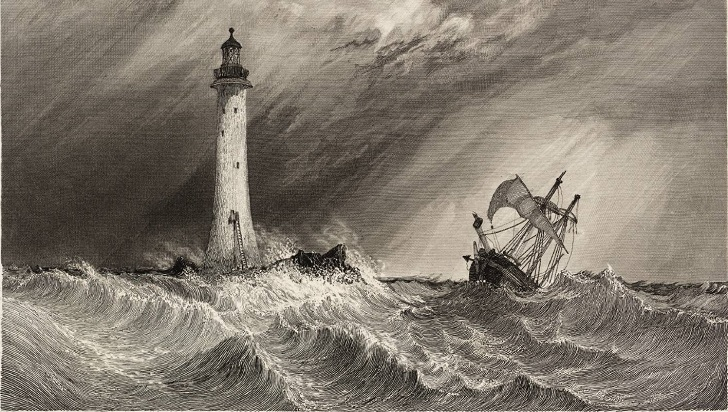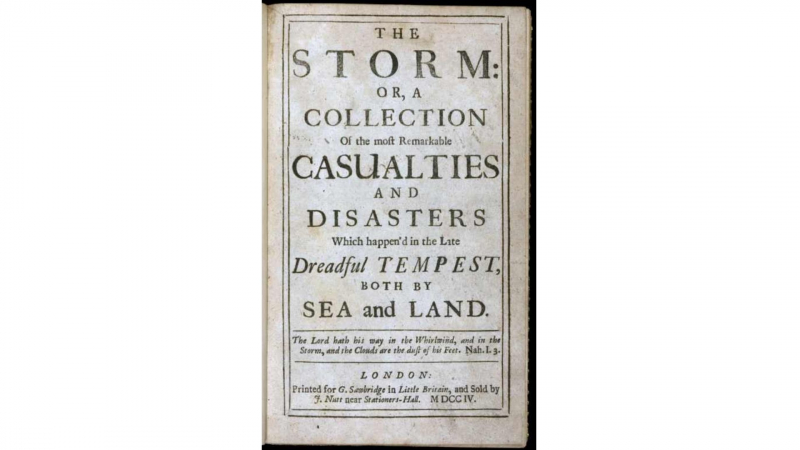He Witnessed The Great Storm Of 1703

The Great Storm of 1703, which raged through the night of November 26–27, occurred less than a week after Defoe's release from prison. Millions of trees were uprooted, London and Bristol suffered significant damage, and more than 8,000 people died, largely at sea. The Storm (1704), which comprises a collection of eyewitness tales of the tempest, was written about the incident. Many people consider it to be among the earliest examples of contemporary journalism. On November 26, 1703, a destructive extratropical cyclone known as "the great storm of 1703" made landfall in central and southern England. High winds destroyed the New Forest, which lost 4,000 oaks, and caused 2,000 chimney stacks to collapse in London. Over 1,000 servicemen lost their lives on the Goodwin Sands alone, while ships were blasted hundreds of miles off course. A novelty at the time, news broadcasts of casualties and destruction were sold all over England. The storm, according to the Church of England, was God's retribution for the country's sins.
Defoe was present when the great storm of 1703. In "The Storm", one of his later-published writings, he made reference to this storm. Daniel Defoe believed it to be divine retribution for his army's poor performance in the War of the Spanish Succession against Catholic soldiers.








